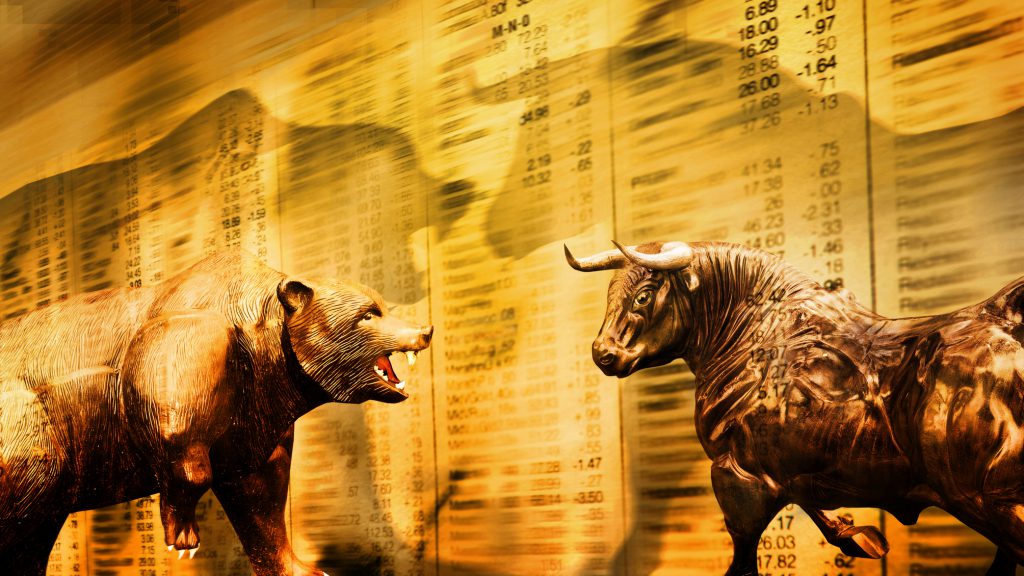Q2 2015: Setting Realistic Expectations as Investors
The first half of 2015 in the stock market could be likened to a soccer match between the Bulls and Bears. Through the first half, the Bulls and Bears are locked in a 0-0 tie. Both teams have had moments of success possessing the ball, only to miss their scoring chances. That is to say, after six months, the S&P 500 is almost perfectly at, having added a trivial five points to end at 2063 on June 30th. A holder of the index has earned a half-year’s dividend of about 1% – which isn’t terrible, but it is frustrating to investors who have become accustomed to higher market returns they have seen since 2010. As is often the case in soccer, preserving a tie can feel like a victory when the pressure has been constant.
During the first six months of 2015, the stock market is the closest to the “flat line” of any year since good record keeping began in 1928. In addition to the market being at “point to point”, the S&P was contained within a 7.7% high-to-low range the whole time – the third tightest span ever for a first half and the tightest since 1994. While the overall stock market has been at and narrow, the stocks that make up the market have seen increased volatility. It’s a frustrating environment for “Buffet-style” strategies, that’s for sure. Berkshire Hathaway (which usually tracks the S&P over the long term) was DOWN 9.4% during the first half. The types of names Buffet owns (and we own) have not done well as interest rates and the dollar have risen.
Sticking with the soccer analogy, the bond market definitely had some scoring in the first half. Interest rates at the start of the year showed a 10-year treasury yielding 2.17% but by February they bottomed out at 1.68%. Rates then began to climb, with the 10-year hitting 2.5% in late June, settling at 2.43% to end the first half. So the yield on the 10-year treasury rose nearly 50% from its low, which is a dramatic rise in a short period of time but the result is, but most bond indices are down 1-2% for the year. As a result of the rise the bond market, so far this year is much like a team accidentally kicking the ball into its own goal and scoring for the other team.
The bond markets are adjusting to the expectation that the Federal Reserve could start raising its Federal Funds rate later this year, perhaps September or December. While the Federal Reserve has stated that their decisions will be dependent upon the economic data, their statements and public speeches indicate a preference to end their zero interest rate policy as soon as economic conditions warrant. With the unemployment rate approaching 5%, the Fed will likely take action if the economic recovery remains on track.
From 2011 to 2014, the stock market began each year with strong gains in the first 6 months and the S&P 500 rose 6%, 9%, 14%, and 7% respectively during that time. As a result, many investors have become complacent, wondering why their portfolio isn’t going up at the rate that it did in previous years; however, we need to go back all the way to 2010 to find the last time investors experienced a negative return for the first half of the year when the market was down 7%.
In fact, the stock market is coming off an impressive period of positive returns. As illustrated in a recent study by Pension Partners, if you had purchased the S&P 500 index at the end of any week since August 2011 and held it for 6 months, you would have ended up with a positive return 100% of the time. This was the 2nd longest winning streak in history.
Because it has been so long since the stock market experienced a negative return, many investors have developed unrealistic expectations for investment returns in their own stock portfolios, thinking that returns are constantly rising without downside market. Historically, the odds of a positive 6-month return in equities is only 67%, subsequently one out of every three 6-month holding period, an investment in the S&P 500 would have lost money. The recent past shouldn’t fool us into thinking that investing in stocks is risk-free.
One of the most important factors to achieve long-term success in the markets is to set realistic expectations. Unfortunately, recent market performance tends to skew what the average investor thinks the market will do going forward; this is called a “recency bias”. A February 2014 study from Harvard showing the history of investor expectations for future returns (Gallup poll) illustrates this tendency. For example, in January of 2000 (height of the tech bubble), investors’ expectations were for a 14.3% annual rate of return; in February 2009 (during the crash), expectations were for a 3.9% annual return. This reflects the recency bias – when times are good, investor’s expect them to continue.

This is not to say that we are predicting a big decline for the stock market, but rather that we should be prepared for returns to be within a range of outcomes, and try not to let recent trends change our long-term investment strategy. Looking at the market today, stocks have stopped their persistent assent and have begun to move sideways and bonds are facing rising interest rates, which raises the question: What should we do next? For most investors, the answer is to maintain a balanced and diversified portfolio.
Reviewing the market through the first half of the year, the most important thing we do NOT want to do is to take greater risk in order to try to achieve greater returns. Investment strategies that take greater risk look great when the market is going up, but they lead to serious underperformance when the tide inevitably turns.


Comments are closed.